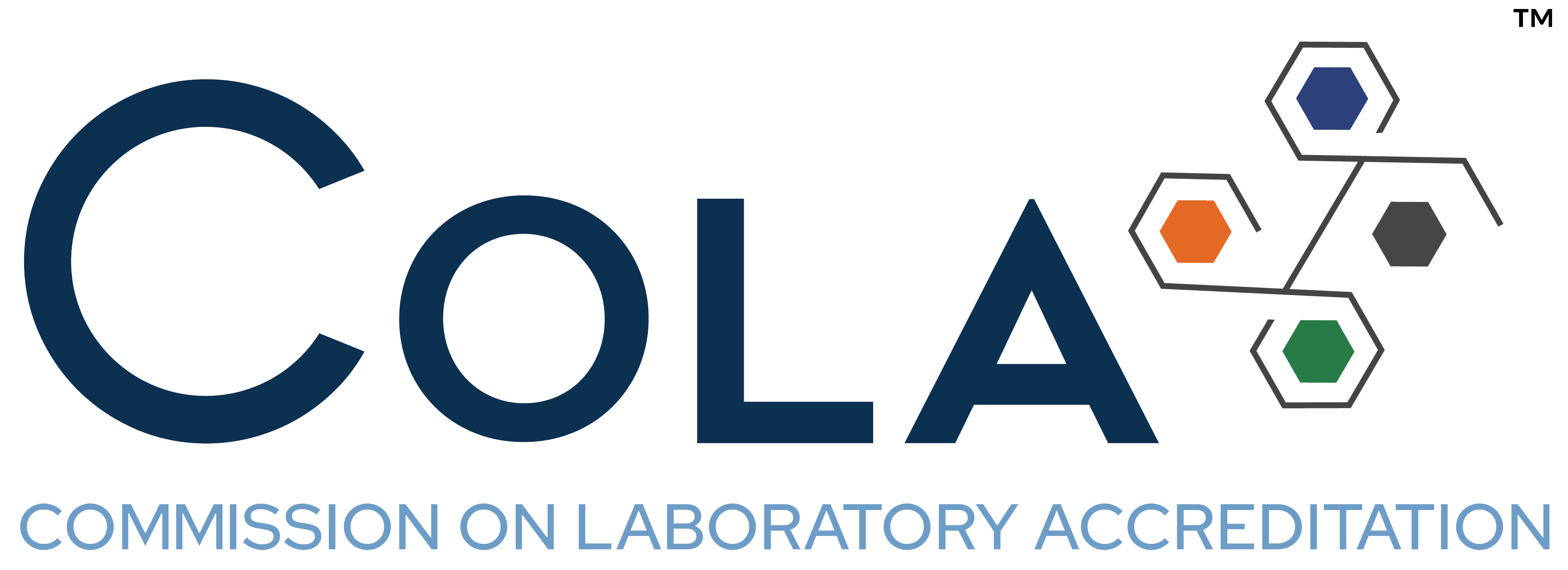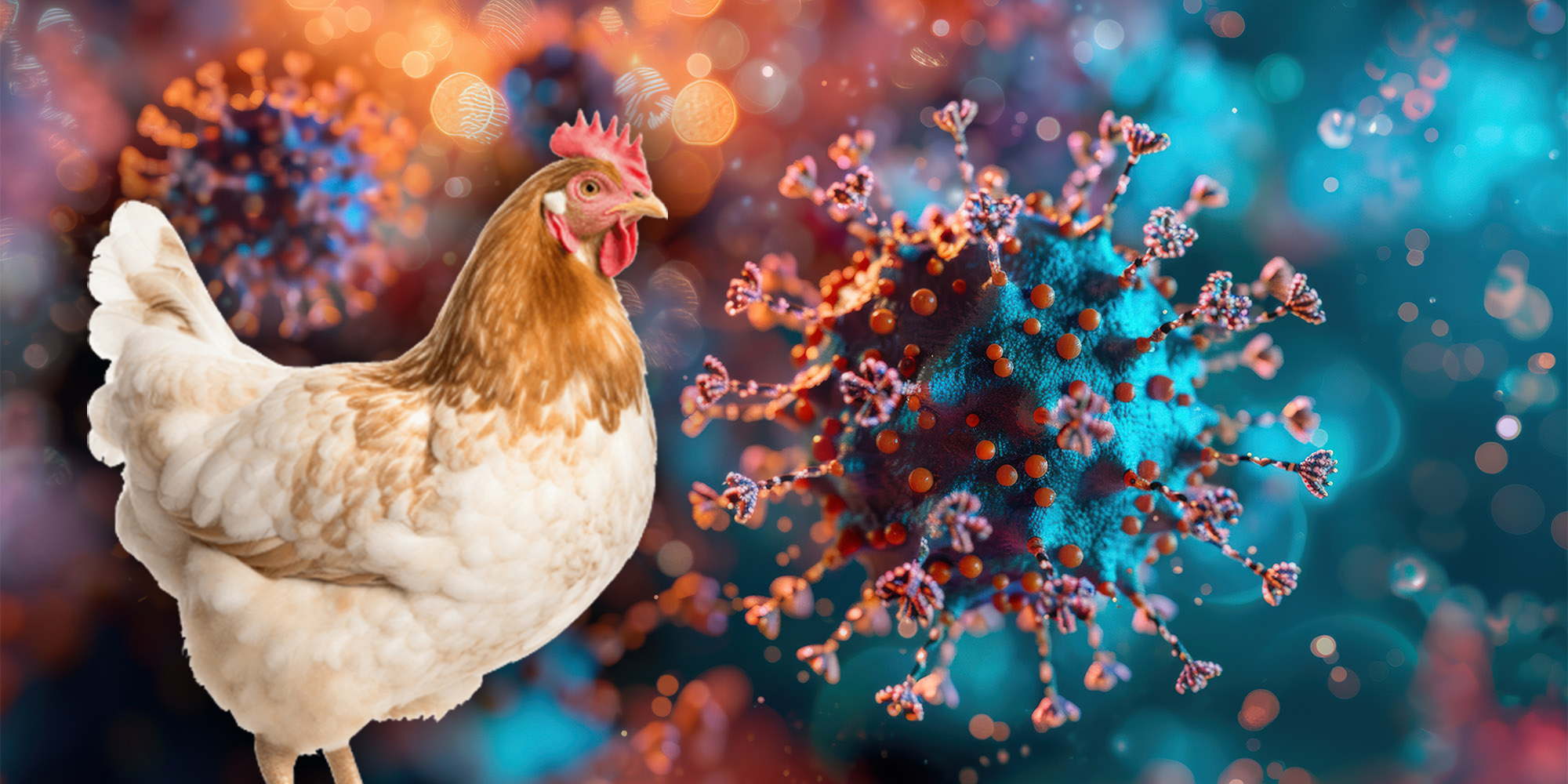In our last blog, we discussed the H5N1 virus, its epidemiology and the nature of avian influenza infection. Today, we will delve into other aspects of H5N1 avian influenza including the current laboratory testing status, lessons learned from COVID-19 and the CDC’s strategic preparedness.
Laboratory Testing for Avian Flu
For patients exhibiting influenza symptoms, prompt specimen collection is essential. Recommended methods include nasopharyngeal swabs or combined nasal and oropharyngeal swabs. Conjunctival swabs are recommended for those with conjunctivitis. For severe respiratory disease, lower respiratory tract specimens should also be collected.
Currently, the CDC’s avian influenza test is the only one authorized by the FDA, and it has been distributed to about 100 public health laboratories nationwide. Widely available commercial influenza tests cannot distinguish avian influenza from human influenza A viruses like H1N1. The CDC emphasizes that tracking specimens positive for influenza A can help monitor unusual increases in flu activity, potentially indicating the spread of different viruses, including H5N1.
Lessons From COVID-19
Reflecting on the early testing failures during the COVID-19 pandemic, it is clear that timely and widespread testing could have mitigated the pandemic’s impact. In the early days of the pandemic, SARS-CoV2 testing was only available at public health laboratories. Healthcare providers typically order tests from major clinical laboratories, rather than public health laboratories. Until clinical laboratories were authorized and equipped for SARS-CoV-2 testing, widespread testing was difficult. There is currently a similar situation with regards to avian influenza testing, as clinical laboratories currently lack the capability and authorization for H5N1 testing. Concerns about this gap compromising responses to a potential avian influenza outbreak in humans have led to calls for developing such capabilities in clinical laboratories.
A recent article1 noted that the problem was not testing capacity but a failure to rapidly expand diagnostic and surveillance testing. Drawing from lessons learned from the U.S. response to COVID-19, the authors proposed a step-by-step strategy for rolling out testing in future public health emergencies, emphasizing the importance of ample testing in the early stages. Accurate and rapid diagnostic testing is critical for effectively identifying, isolating and treating sick patients to stop or slow down the spread of an epidemic or pandemic. This is particularly relevant for involving clinical laboratories in preparing for a potential pandemic, enabling the nation to ramp up testing if avian influenza is suddenly detected among people who did not catch it from cattle or poultry. While there is currently no evidence that the virus has started to spread among people, this could change in the coming months as it evolves.
CDC’s Strategic Preparation
In a June 10 memo2, the CDC recognized the potential for a shortage of diagnostic tests for the H5 strain of bird flu, currently circulating among dairy cattle, if demand spikes. Due to limited availability and accessibility of testing, the CDC called on the laboratory industry to develop tests for this virus.
Additionally, the CDC has recently conducted a seroprevalence study to analyze blood samples from individuals exposed to infected dairy cattle responsible for outbreaks in the U.S. early this year. Blood samples from 35 dairy workers in Michigan were collected and tested for antibodies against H5N1 virus and seasonal influenza viruses using microneutralization and hemagglutination inhibition assays. None of the participants showed neutralizing antibodies specific to H5N1 virus, indicating no prior infection, while many had antibodies to seasonal influenza, suggesting past infection or vaccination. These results align with other studies showing low seroprevalence of H5N1 virus, even among those with known exposure to infected animals.
Although seroprevalence data to date are reassuring, it is important to continually assess the public health risk of H5N1. The CDC has outlined strategic priorities to enhance global influenza control, prevention, preparedness and response.3 Their objectives include preventing infection and illness in individuals exposed to infected dairy cattle and improving understanding of human H5N1 infection and illness by enhancing surveillance, estimating infection prevalence, identifying transmission methods, studying the clinical illness spectrum and using animal models to investigate virus behavior. They will also coordinate with global health organizations for rapid information sharing and conduct immunologic and virologic risk assessments, including serology studies to determine population immunity. By focusing on these areas, the CDC aims to control the current outbreak, understand its implications and prepare for future influenza threats.
Final Thoughts
Currently, there are no vaccines for avian influenza, but the CDC is working on developing one. The seasonal influenza vaccine does not protect against avian influenza. If someone is infected or suspected of being infected with avian influenza, the CDC recommends immediate treatment with antiviral drugs. FDA-approved antiviral medications for seasonal influenza can be used for avian influenza; they should be taken within 48 hours of symptom onset and can be administered prophylactically after unprotected exposure to infected animals.
This concludes our 2-part series on avian influenza. The ongoing genetic evolution and widespread impact of H5N1 viruses underscore the importance of continued surveillance, research and preparedness efforts. Monitoring and understanding these viruses are vital for protecting both animal and human health in the face of potential influenza pandemics.
1Nuzzo JB, Person A, Cameron E, et al. The United States Needs A Better Testing Playbook For Future Public Health Emergencies. Health Aff (Millwood). 2024;43(6):768-775.
2CDC Open Call to Industry – Influenza A(H5) Diagnostic Test Development and Validation. https://sam.gov/opp/9346aacca0564270bab0c60e7638fbd5/view
3CDC Public Health Science Agenda for Highly Pathogenic Avian Influenza A(H5N1) – June 2024. https://www.cdc.gov/bird-flu;php/monitoring-bird-flu/agenda.html

